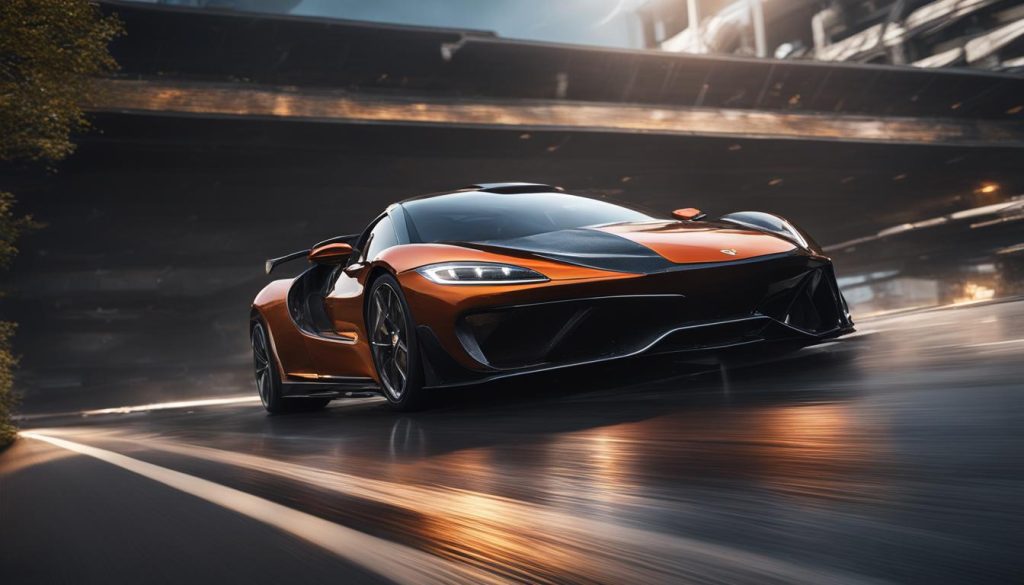
Polestar makes for an interesting bellwether when it comes to electric car sales in the UK. If you’re a clued-up business user, you’ll probably be well aware of its burgeoning presence in this country, not to mention the pros and cons of the single model it currently sells. If you’re not, you might have a tough time picking it out of a crowd. Even the discerning PHer, well aware of the brand’s extensive motorsport (and enthusiast) based heritage, could be forgiven for not knowing precisely how well the modern-day iteration is doing.
The short answer is pretty well. Not so long ago, it ranked among the newest kids on the block and could count its UK workforce on not many hands. Now it has a sizeable footprint here – including a shiny new headquarters at Bicester Heritage – and had delivered 11,000 cars by the end of 2022. It is on the cusp of launching the Polestar 3, a large and conspicuously handsome SUV, and has another waiting in the wings. By 2025 it expects to sell 290,000 cars globally.
When you consider that it launched with just one car, the decidedly left-field Polestar 1 (an apt name based on reported sales in the UK), it could certainly have done a lot worse. Of course, it helps that it enjoys the support of its parent, Volvo (and owners Geely beyond) and that its first volume sales prospect was a solid effort. In fact, the Polestar 2 looks so daisy-fresh in 2023 that its maker hasn’t really troubled itself much with the design side of a conventional facelift – save for the incorporation of its SmartZone safety tech in the nose and some fancier alloy wheels, this is essentially the same liftback EV we’ve been looking at since 2020.


Underneath though, it’s much changed. Not only has Polestar fitted the MY24 car with a combination of next-generation electric motors and inverters, it has also opted to transition from front- to rear-wheel drive in the case of the more affordable single-motor derivatives. If that sounds vaguely familiar it’s because the same switch-up has already occurred in the Volvo XC40, a model that shares the CMA platform. In a staid family crossover, it raised a few eyebrows; in the Polestar 2, you get the distinct impression that its maker would have preferred to have it like this from day one, and has now finally gotten its way.
The reasoning is understandable: following in the footsteps (and upon the heels) of its premium German rivals, Polestar very much wants to be thought of as sporty. Or sporty enough at any rate to appeal to a similar cross-section of brand-conscious buyers. Being right-wheel drive is plainly an asset in that regard – as is the additional power afforded by the new tech. The Long Range version we drove back in 2021 only had a fairly modest 231hp and 243lb ft of torque to call upon; now you get 299hp and 361lb ft, which is sufficiently robust to drop the 0-62mph time to 6.2 seconds. It was previously on the wrong side of seven.
Dim memory of the old car suggests that it is primarily the extra oomph which has done the latest Polestar 2 a power of good. The previous Long Ranger boasted the usual EV bustle up to 30mph or 40mph, but beyond that it was more punctual than punchy. Its replacement isn’t going to be out-dragging more senior options (there is still a 421hp dual-motor version for that) but the significant uplift in torque makes for much less dicey overtaking at speed, and in most situations the car now feels obligingly swift. Which is always nice.


Being rear-wheel drive is a much more subtle improvement. The previous model didn’t have the sort of output that would seriously impair the steering – and while it’s now free of any corrupting influence, it’s not the liveliest rack in any case. The sense of balance isn’t significantly different either because while there must’ve been some shift away from the nose, the rear-mounted motor weighs a whole heap less than the floor-spanning battery. For the most part then, the difference chiefly resides in the pleasing sensation of being pushed rather than pulled, and the occasional inkling that you’re leaving a tight corner in a slightly more satisfying fashion than you would have been previously.
Mostly though what you’ll notice is that Polestar has declined the opportunity to take adopt a more relaxed attitude with its chassis setup. The 2 still wears its implied sportiness the old-fashioned way: when it drops one of its pretty 20-inch wheels into a sunken grate, you’ll know about it. Elsewhere in the range – most notably in the limited-edition BST 270 – the manufacturer has salved the situation with adjustable Ohlins; in the Long Ranger you must make do with the standard dampers, and they’re prone to running out of ideas when asked to do too many things at once. Not in a way that sabotages everyday usability, although it does tend to limit your enjoyment somewhat on fast-but-lumpy B roads.
But that’s much as it ever was. The business users that account for the vast majority of sales will likely have other concerns – like how far the latest 2 will get between public chargers. Here the news is uniformly good: the previous 75kWh battery has been swapped out for a new 82kWh one in the Long Range derivatives, which not only offers an impressive WLTP-rated range of 406 miles (up from 343) but will now also accept DC charging rates of up to 205kW thanks to improved cell chemistry. So it goes further and charges quicker. Win, win.


Naturally, all this sensible enhancement comes at a price. When we tested the previous front-drive model, it started at £42,900 – for the rear-drive MY24 version, you’ll now pay at least £48,950. Sufficiently hefty for retail customers to continue paying the Polestar 2 no mind, one suspects, yet very much in the wheelhouse of anyone shopping around with two per cent BIK doing the heavy lifting.
Those buyers have considerably more options to choose from than ever before, but Polestar will feel like it has delivered a new model that can hold a candle to any of them. And for the most part, that confidence is justified – the latest Long Ranger could do with being a bit less preoccupied with determinedly hugging the road, yet it’s handily quicker and rangier than the model it replaces, while still being easy on the eye, pleasant to sit in and appropriately practical. None of that will dramatically increase the chances of your mates knowing what it is – but at least you can reassure them that your new EV is rear-drive now. And therefore proper.
SPECIFICATION | POLESTAR 2 LONG RANGE SINGLE MOTOR
Engine: 400V Lithium-ion battery, 82kWh capacity, single AC synchronous electric motor
Transmission: Single-speed, rear-wheel drive
Power (hp): 299
Torque (lb ft): 361
0-62mph: 6.2 secs
Top speed: 127mph
Weight: 2,009kg
Range: 406 miles (WLTP), 205kW max charging
Price: £48,950
#Polestar #Long #Range #Review













